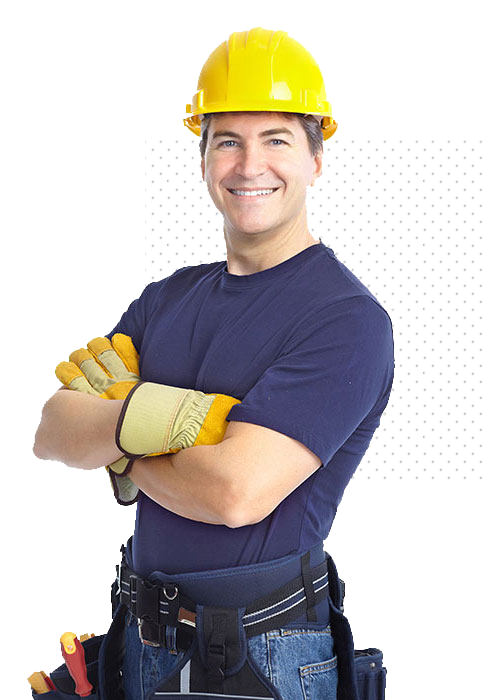Large parts of most equipment are supplied directly from high voltage lines. These lines use the 120V AC standard in most homes. Large parts of equipment such as motors, industrial machines, and large appliances (washing machines, dryers, etc.) typically use 240V AC and 480V AC. This voltage must be electrically disconnected from the 120V AC standard. Contactors are used for isolation. The contactors use a standard 120V power to connect a magnetic coil that provides a set of internal connections to get closer and provide more power to the equipment. You can also use these tips in the electrical panel assembly tutorial to learn how to install a contactor.
Contactor installation steps
Prepare the L-contactor to install the contactor.
Make sure the contactor connections are designed for both voltage and current to control the required equipment load.Contactors are available in construction and hardware stores, as well as in some large hardware stores.
Read contactor manufacturer information
Manufacturer information shows two input pins for 120V AC control. It may show two sets of output connections or more. These connections may be shown on the label as normally open (NO) and normally closed (NC). These connections may also be represented as one line from one connection reaching a point (NC connection) and another line from another connection near the point but not reaching the point (NO connection).
Check the auxiliary output connection.
Some contactors provide an auxiliary output connection, such as a signal, to the disconnected part of the circuit to which the contactor supplies power. This auxiliary connection is used at 120 volts AC and is not used at higher voltages.
Specify the wire path.
Disconnect all power to the wires. Connect all input and output wires to the contactor. These wires must be evaluated in the manufacturer's information. To cut the extra length from the end of the wire, use the crimp wire and make sure that the lengths of the wires are sufficient for the desired connection. Chinese wires are available at hardware stores and electrical supply stores.
Strip the wire.
Use crimp wire and strip one and a half inches (13 mm) from the end of each wire. If the wire is twisted, open the twisted wire to make sure there are no strands left. Scattered filaments may make improper contact with part of the equipment and cause damage.





